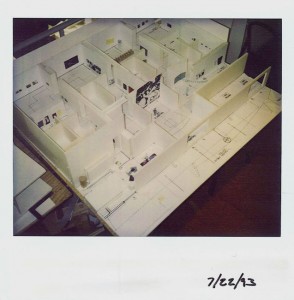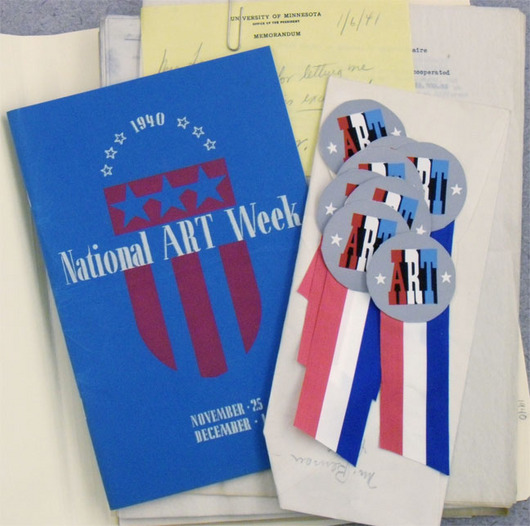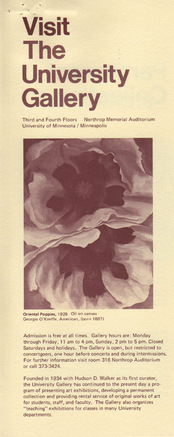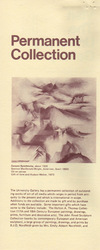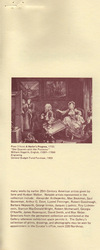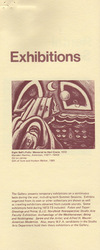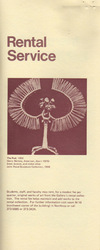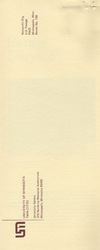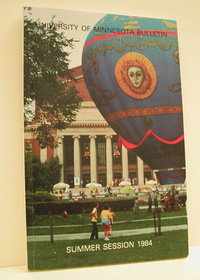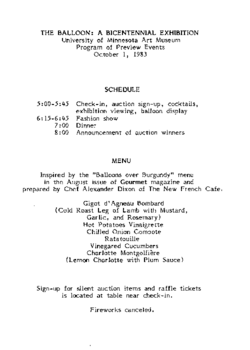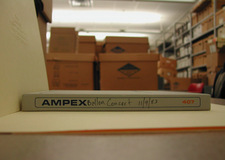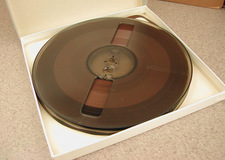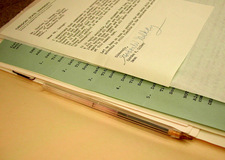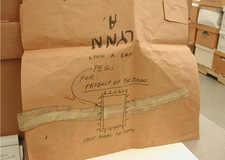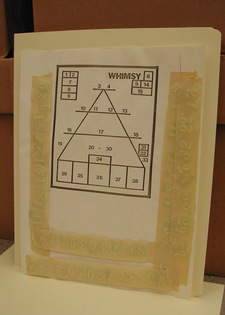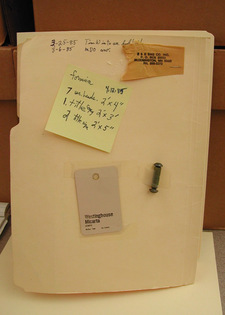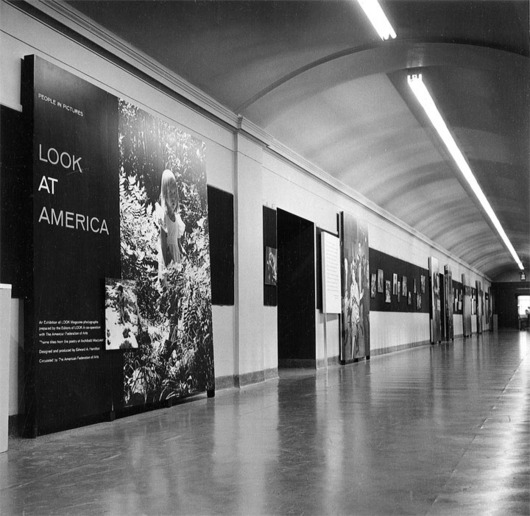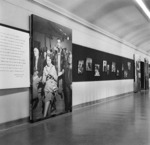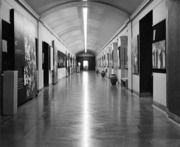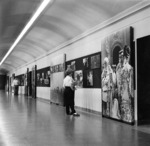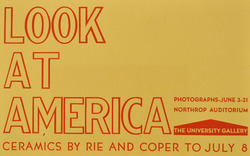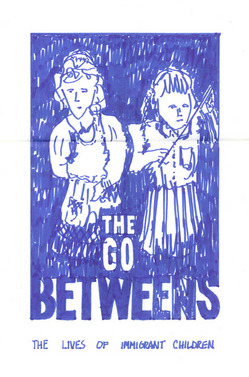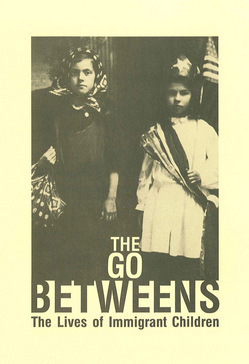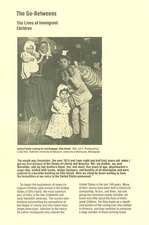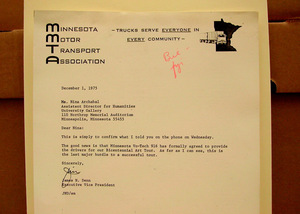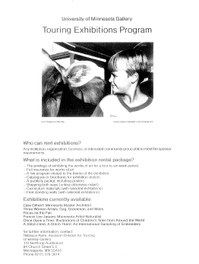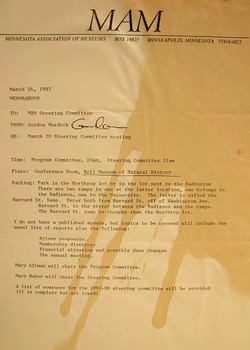While processing the WAM collection, it is not an often occurrence to come across a folder containing only photographs. Box 3 however, is an exception. Several folders in Box 3 contain multiple 8×11 prints that capture early Gallery exhibits.
The presence of photographs (with no writing on the back) and lack of related correspondence or supporting materials leaves this processor continually curious… Take for instance the folder titled, “How to Do It.” This folder contains only photographs… photographs that look like this:
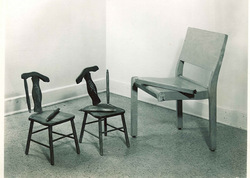
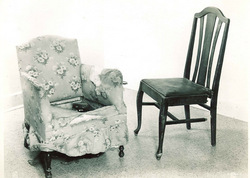
A broken chair? Ripped upholstery? This doesn’t look like fine art, it looks like what you would find on the curb or in the alley outside of a Minneapolis apartment building on the 1st of the month. Why are these “pieces” being exhibited at the University Gallery?
With no contextual information, I turned to other online resources to satisfy my curiosity. After an exhaustive search of UM News Releases (Digital Conservancy), and newspapers from the MN Daily’s PDF Archives, I think I may have found an answer to this unusual display.
In the January 17, 1946 edition of the MN Daily, the following headline jumped out at me:
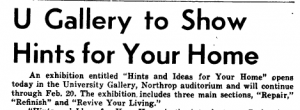
In the article, Ruth Lawrence is quoted, explaining that, “Hints and Ideas for Your Home is the introductory offering in a new experimental Gallery program… It will bring the home, its design and function to the public as the basis of successful living.”
The article further explains the objective of the exhibit:
“… to give a visual picture of the different stages in home repair problems… There will be demonstrations of remodeling furniture, framing pictures and making simple electrical repairs.
Instructions in the various methods and processes used also will be given from 10 a.m. to 4 p.m. every day during the exhibition in the Gallery. For those students wishing to try ‘to do it’ tools and materials will be available in the arts craft workshop in the Union.”
Should the Weisman, in a nod to the past, attempt any “how to do it” experimental “repair” and “refinish” programming in the future, it may be best to ensure that the museum’s large collection of Korean furniture is not exhibited at the same time…
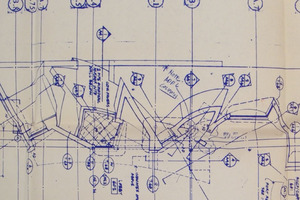 I recently got a peek into the new WAM expansion that is currently under construction, and spotted a scale model very much like this earlier one, outlining the gallery configuration and placement of art. The expansion will allow the museum to display more than three times as many objects from the permanent collection. Indeed, the “Little Gallery” has come a long way.
I recently got a peek into the new WAM expansion that is currently under construction, and spotted a scale model very much like this earlier one, outlining the gallery configuration and placement of art. The expansion will allow the museum to display more than three times as many objects from the permanent collection. Indeed, the “Little Gallery” has come a long way.